Let’s tackle the biggest objection to running we hear: Running is bad for your knees.
The truth may surprise you …
Running is NOT bad for your knees. Research shows us that doing nothing is bad for your knees.
If you are not doing any kind of activity- that is essentially what is going to be bad for your knees. If you are running & including strength training, then you are looking after your knees.
There are some contrary indications around this…
If you do struggle with things like Osteoarthritis or arthritis in your knees, or if you’ve had knee surgeries then you need to be very specific about these things and not just dive into the deep end. If you do suffer from arthritis, you may find this article on running with arthritis extremely helpful.
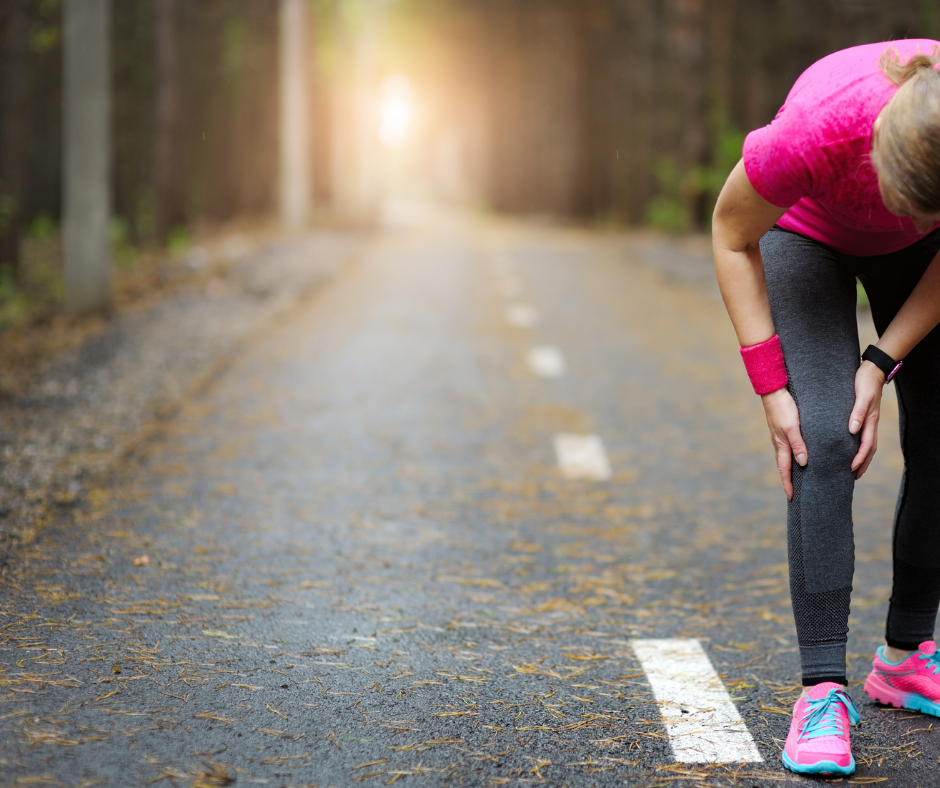
How Strength Training Can Protect Your Knees While Running
A lot of new science is indicating that you need to incorporate strength training into your workouts if you struggle with things like arthritis. This is because strength training will place a load on your bones, which will help your bones to maintain that little bit of strength that’s already there, therefore helping you manage the running load.
Making sure you do the correct strength training is important. The good news is we’ve created a free strength training plan for runners that you can download by clicking here.
At Coach Parry, if you do struggle with arthritis in your knees or Osteoarthritis then we can adapt your training program to include some more cross-training sessions, for example, swapping out a running day for a swimming session. This will ensure that you are still building your aerobic capacity, but not with the load of running.
Non- negotiable: If you are a runner with Osteoarthritis then strength training is a MUST.
So now that we know that running is safe and not bad for your knees, let’s cover the factors that can potentially lead to some problems…
What Causes Damage In Your Knees While You Are Running
- The Equipment That You Are Using
By equipment, we are referring to your running shoes.
Regardless of who you are as a runner and at what level of running you are at, all your running shoes will have a life span. (The amount of mileage you put into your running shoes)
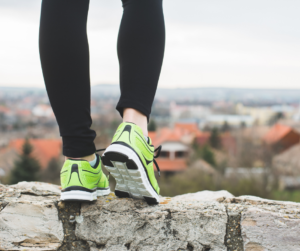
Your running shoe mileage depends on the surfaces you run on, the event you are training for, as well as your body size. (The heavier you are, the less mileage your shoes will get out of them)
It’s important to make sure that your shoes are in good condition so that you can get all the supportive properties that the shoes are supposed to be providing.
We suggest going to a specialist running store where they can have a look at the wear patterns on your shoes, what kind of running you are doing and your gait to suggest what shoes are best for you.
Here are some telltale signs you need new running shoes.
- Instability & Weakness Around Your Joints
In particular, your feet (Knee pain is usually caused by a problem lower down or higher up in the chain of the leg).
In your feet, the weak muscles could be in the intrinsic muscles of the foot, which means that your arches are collapsing every time you take a step or try and push off. This weakness leads to instability in the ankles, the ankle might be rolling in. All of this causes a misalignment which results in your knees diving inwards or outwards.
For the situation above we recommend putting preventative steps to stop that instability from happening, this can be done with strength training.
How To Prevent Knee Injuries While Running
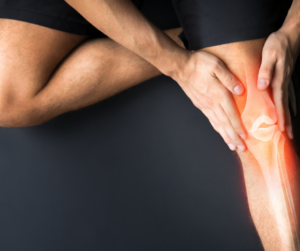
Strength training and working on your balance are key.
Your hamstrings and quads work together in symbiosis when you run.
It is important to have a good relationship between your hamstrings and your quads. If your quads are too strong for your weak hamstrings, you will find that you’ll start to get knee issues in the back or front of the knee.
With a lot of runners, it is the hamstrings and glutes that are just far too weak for the strength of the quads.
Knee Valgus
In particular with females, but very common in men as well is that if your glutes are too weak then you tend to have an internally rotated pelvis (pelvis rotates inwards) and this causes knee valgus/ bending inwards at the knees. The bending at the knee with the repetition of running will cause strain and pain while you are running.
So, strengthening the glutes will rotate your pelvis outwards and give you strong pelvic control, which will take the strain off the knees.

Hamstring Strength
Every time you land and your foot strikes when running, if your hamstrings are not strong enough, what’s going to happen is that there might be some hyperextension at the knee because the hamstring is not strong enough to pull your leg back in time, after your foot strike. This will place a lot of pressure on the posterior knee.
You need to have good strength, in the quads and specifically where people suffer from Patellofemoral pain.
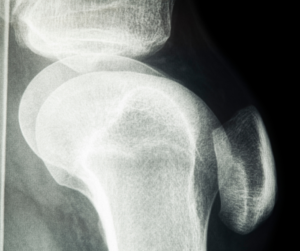
Patellofemoral Pain Syndrome
This type of pain is on the knee cap, it’s a condition in which the cartilage under the kneecap is damaged due to injury or overuse.
Your knee cap and lower bone are held in place by your quadricep, the 3 muscles of the quadricep hold the patella (knee cap) in place.
You need to make sure that you have a good balance in strength on the outside of the quad and the inside of the quad.
In most runners, the inside of their quads is weaker and this causes the patella to slide across the bones, which causes the pain.
Help With Patellofemoral Pain
Loosening up your quads with some static stretching, some mobility, and some physio if need be will help.
If you do have tight quads, while doing any strength exercises, any squat movements or any movements where you load weight on the front should be avoided to take pressure off the knees.
Strength Training With Coach Parry
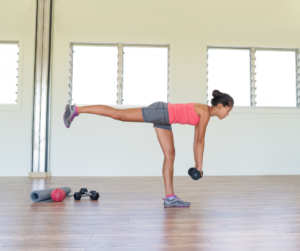
We are absolute sticklers for technique.
We don’t like pushing your knees over your toes, it puts a lot of pressure on your knees because essentially your entire weight is now leaning over your knees.
But, think about when you do normal things in your daily life… like walking downstairs…
Your knees obviously do go over your toes. So to be functional and to have the strength to have your knees going over your toes you need to train safely and build up strength in the safest way possible.
Here at Coach Parry, we’re massive advocates of strength training. We’ve put together this free strength training plan for runners that you can do once a week, at home and with no expensive equipment needed. You can access it by clicking here.
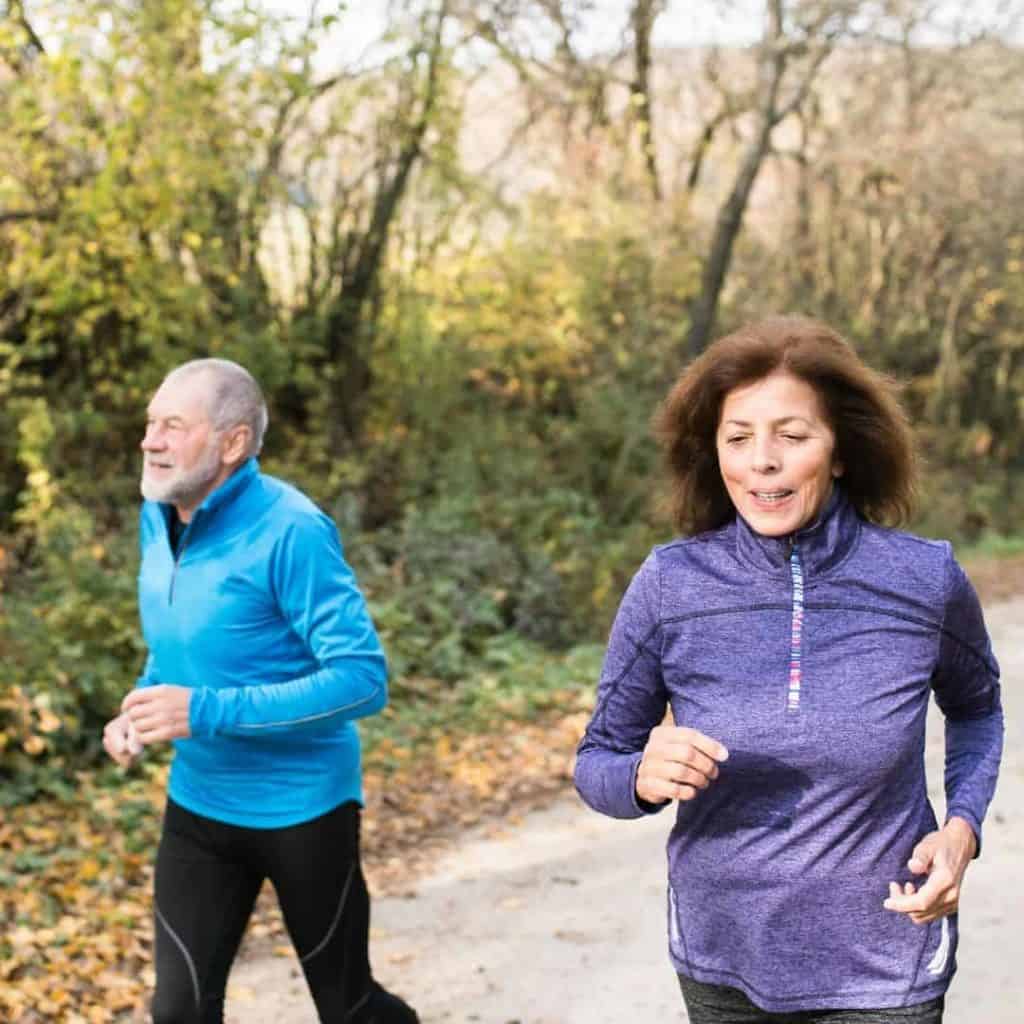
Join us for a free online presentation of the…
The Faster Beyond 50 Masterclass
…and discover how you can run well (and faster) as you get older, without training more or harder than you currently are, all while avoiding injury.
If it feels like you’re training harder than ever but not running the paces you’d like to be running or if you’re constantly tired, fatigued or running in some sort of pain, then this is specifically for you.

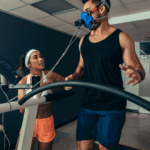

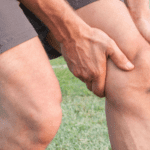
Comments are closed.